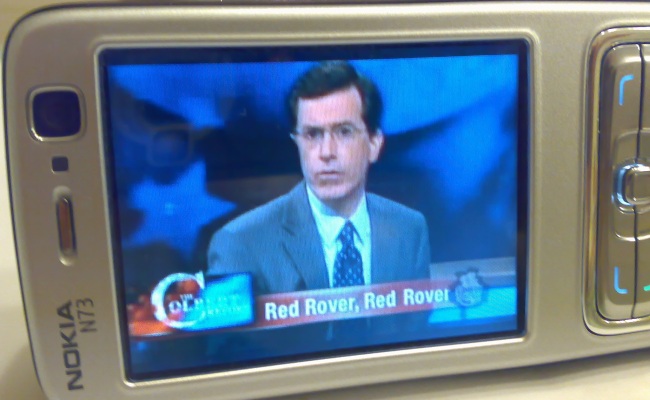
A new study by Horowitz Associates shows that large numbers of young adults (18-34) have used mobile devices and the Internet to watch TV online and some are considering abandoning their cable or satellite TV service for the web. The study asked more than 800 broadband users if they watched TV in alternative ways and found that 7 percent of users are considering canceling their cable or satellite subscriptions, and 19 percent more would consider it if more of their favorite shows were available online. Roughly 22 percent of broadband-using adults could abandon pay TV in favor of the web.
25 percent of broadband Internet users watch TV online or on handheld devices daily, according to the study. Among 18-34 year-olds, the number rises to 37 percent; among 15-17 year-olds, 44 percent watch TV online or on devices almost daily. 39 percent of adults watch TV online or on devices weekly. Overall, 78 percent of all broadband users have watched TV online or on devices.
“The data clearly show that when it comes to the next generation of multichannel customers, we should be concerned about the ongoing and future value of the video/pay-TV elements of our service offerings, and the strategies in place to deal with it,” notes Howard Horowitz, President of Horowitz Associates. “The penetration and usage of alternative viewing technology is reaching a tipping point, and the measurable impact on how the TV product is viewed will inevitably follow.”
Today alone, Hulu brought its Hulu Plus subscription out of beta and Vudu was announced for PS3. Still, it isn’t all rosy. Though everyone does a bit of TV viewing elsewhere, only about 3 percent of total viewing is done online or on alternate platforms. The majority of people still prefer to watch TV, well, on a television. Perhaps good news for Google TV and other TV-based Internet platforms.


